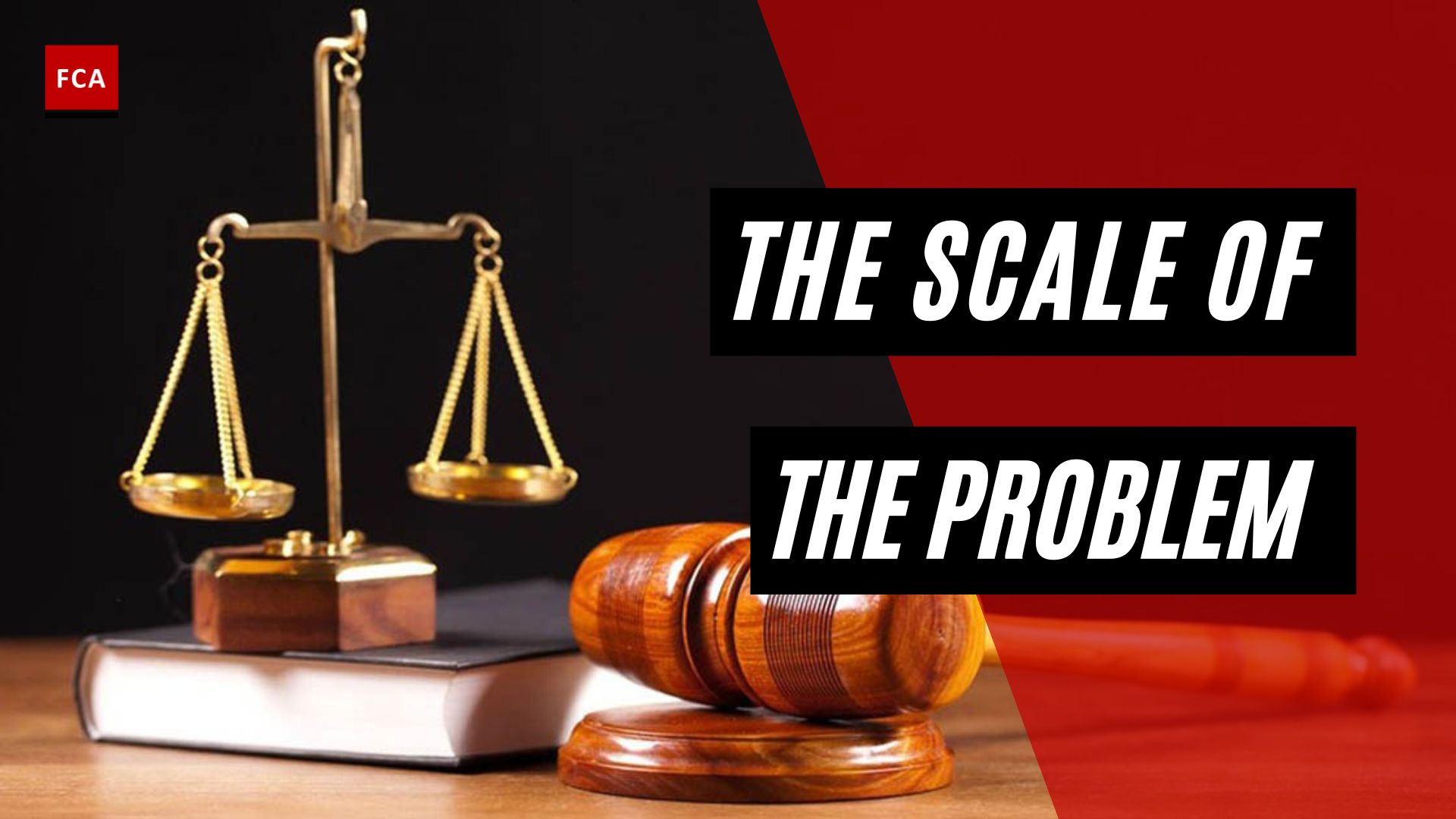The robust compliance program ensures that all employees adhere to strict ethical guidelines and regulatory requirements to maintain the highest standards of integrity and accountability. An organization is created for the purpose to achieve desirable outcomes defined by the specific needs and interests of the shareholders and other stakeholders, including customers, employees, vendors, regulators, etc.
Value creation and shareholders’ wealth maximization are the key objectives of the organization. The organization creates value by transforming various inputs into new outputs. Shareholders of an organization delegate authority to a governing body, to take charge and run the affairs of the organization on their behalf. Shareholders are interested in profits and wealth maximization and expect to realize their goals effectively, sustainably, and ethically through an appropriate governing body.

The Robust Compliance Program
The board of directors and senior management must ensure that a compliance program is developed and implemented at all levels, to avoid financial crime incidents and to ensure compliance with applicable laws and regulations. In the absence of a compliance program, the organization, its customers, shareholders, and employees remain exposed to certain identified and/or unidentified financial crime risks. The structure, scope, and breadth of compliance function vary among entities and there exists a wide gap between the understanding of ‘financial crime compliance risk’ and its management.
Organizations are influenced by economic, social, political, environmental, technological, and physical factors. These factors include uncertainty, complexity, change, competition, and limits on business capacity and capabilities. An organization adopts an appropriate structure and takes specific measures to keep its decisions, actions, behaviors, and outcomes in alignment with the objective of stakeholder wealth maximization which is achieved through the optimization of overall business performance.
The Roles of the Board of Directors and Management
The board has ultimate responsibility for internal controls and financial crime risk management, and it is supported by the board-level committees. The management, including the compliance function, develops the compliance program for the organization and presents it to the board for review and approval.
The board approves the Anti-Financial Crime Framework based on the recommendation from the board anti-financial crime committee (“BAFCC”), which also recommends the tolerance levels for different functions and processes considering all financial crime risk types. Tolerance levels are approved by the board of directors.
The board and senior management have primary responsibility for maintaining and promoting a strong compliance culture by ensuring that all employees understand their roles and responsibilities concerning compliance.

The board and senior management are required to create an enabling compliance culture to comply with legal and regulatory requirements. The Board of Directors has the ultimate responsibility of overseeing the design and implementation of an enterprise-wide anti-financial crime compliance program. The board, either itself or through any of its sub-committee approves compliance risk strategy and allied policies and oversees its implementation across the entity.
The Board ensures the establishment of a robust financial crime risk management strategy and risk profile, with required authority, independence, resources, and human resources. The Board approves an end-to-end anti-financial crime compliance program to promote compliance culture and support compliance functions across the organization.
The compliance program serves as a reference point for all the employees, and it provides a structure and guidance on compliance, to the board of directors, senior management, compliance function, risk management, business, operations, and other key functions. The anti-financial crime compliance program clearly defines the roles and responsibilities of different functions, the coordination mechanism, the processes, and tools to identify, mitigate and report entity-wide financial crime risks. In carrying out its responsibilities, the board ensures that all relevant information is received from management to fulfill the governance roles.
The compliance function must ensure that a board-approved compliance program is implemented, and all employees feel comfortable in raising any event of non-compliance without any fear of negative consequences.
Compliance program aims to counter all financial crimes, including money laundering, terrorist financing, insider trading, human trafficking, digital frauds, etc. considering the applicable regulatory requirements. The performance of periodic AML compliance reviews requires an appropriate AML/CFT review plan and program including procedures to be performed during the review process. The procedures should be standardized, relevant, and sufficiently consistent on an entity-wide basis enabling it to aggregate money laundering, terrorist financing, or other crime information in a systemic way to identify any patterns or trends of weak AML/CFT controls.

Final Thoughts
A robust compliance program is essential for organizations to uphold ethical guidelines, regulatory requirements, and combat financial crime effectively. By implementing a comprehensive compliance program, organizations can minimize financial crime risks and protect their customers, shareholders, and employees from potential harm. The board of directors and senior management play a crucial role in ensuring the development, implementation, and oversight of the compliance program. They must establish a strong compliance culture, define roles and responsibilities, and provide the necessary resources to support the compliance function.
Additionally, the compliance program should address various financial crime risks, such as money laundering, terrorist financing, and digital fraud, while considering applicable regulatory requirements. Regular AML/CFT reviews should be conducted to assess the effectiveness of the program and identify any weaknesses in the controls. By prioritizing compliance and maintaining a proactive approach to financial crime risk management, organizations can uphold integrity, accountability, and the interests of their stakeholders.








